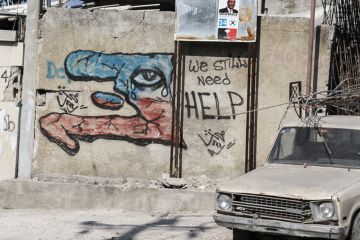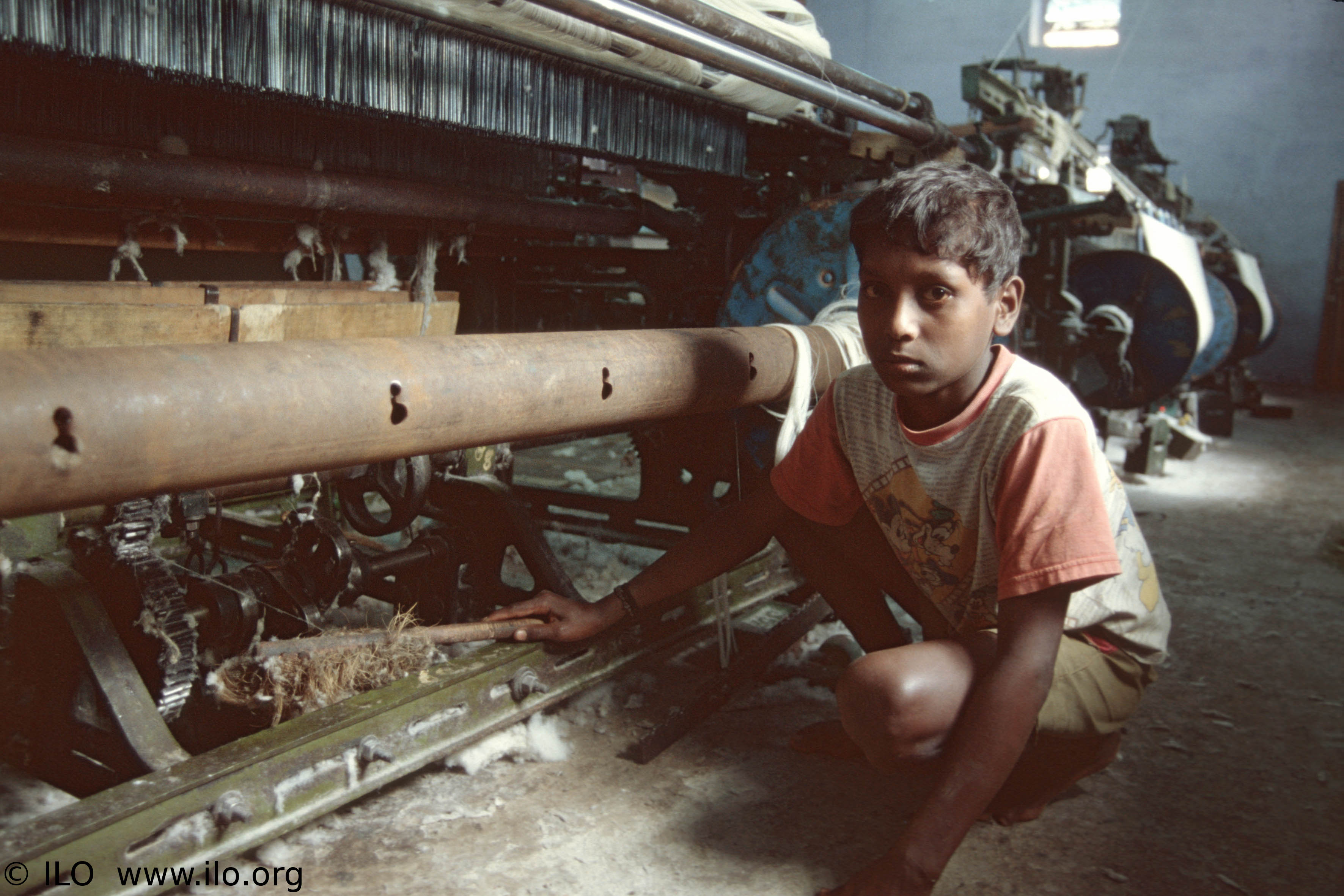In October 2011, African Barrick Gold (ABG) began construction on a 14-kilometre long concrete wall that will stretch around its North Mara Gold Mine in Tanzania. The mine has been the source of tension within the community.
The wall is an attempt at keeping local Tanzanians from entering the mine lands and searching for minerals on their own. Police, who guard the mine, and the locals, have clashed several times.
On May 16, 2011, approximately 1,500 people entered the mining site illegally. ABG called the police, and in the end, five were killed in the event. As a result of this, ABG has embarked on implementing strategies to increase security, which includes building the wall – set to finish sometime this year – along with investment in the community to alleviate poverty and to increase human rights compliance.
Lau Masha, Tanzania’s former minister of home affairs, said ABG’s response was “way too late” and now CFOs need “to calculate the cost of not doing things the right way.” He proposed that mining companies “do research at the exploration stage,” and search for ways to “actively engage communities on the ground.”
Masha spoke at the Conference on Public-Private Partnerships for Sustainable Development on March 29. The conference was put on by the McGill Institute for the Study of International Development and aimed to discuss the growing responsibility of the private sector in international development.
Discussions at the conference revolved around three main questions: What are the challenges facing public-private partnerships in aid? What are some effective solutions? What can government and NGOs do to help this relationship?
Masha spoke of his work as a lawyer in Tanzania, where he had to balance the interests of mining companies and surrounding communities, which differ greatly. Whereas mining companies aim to make money, surrounding communities want to see tangible value of the mine within their own society.
Masha stressed the importance of employment and community-ownership, stating “people on the ground need to see a benefit.” Tensions are created between the two groups because many mining companies bring in workers from outside the local communities. Despite the strenuous relationship, Masha believes “a harmonious environment is possible for mines and communities around them.” He spoke of “investing in sustainable programs that would outlive the mine in terms of benefits for the local community.”
Because of the social and environmental conflicts involved in the mining sector, Canada has promoted the Corporate Social Responsibility (CSR) Strategy. Most mining companies working both abroad and within Canada now work with CSRs. These strategies outline frameworks for working with local communities and how to properly manage mines with a socially and environmentally safe mindset. Although a look in the right direction, these strategies have been criticized for being too “soft,” as they are simple guidelines, not hard laws.

Mining Watch Canada (MWC) has also called the CSR Strategy for a “poorly articulated attempt by the Government of Canada to help mining companies appear to offset the development deficits they are creating at local and national levels.”
A report by MWC highlights the flaws of this new strategy. It states that “the mine-site CSR projects that CIDA [Canadian International Development Agency] is now funding in partnership with mining companies do not address the macro-economic factors that deepen poverty as developing countries become more dependent on mining.”
In 2007, Canada had about $73.3 billion invested in mining and energy extraction internationally. Mining companies in Canada have $60 billion invested in developing nations, notably $41 billion of this is in Latin America. Because of Canada’s investment in this industry, CSRs are important to keeping development on track while also keeping private interests met.
Bev Oda, Canadian Minister of International Cooperations said at the Devonshire Initiative CEO Summit last September, “the Canadian extractive industries – particularly mining industries – are the largest in the world, working in many developing countries that have an abundance of natural resources. Working in partnership with the private sector, these resources can contribute to poverty reduction in many of these countries and improve the standard of living for their populations.”
Oda also mentioned, “CIDA is supporting Canada’s Corporate Social Responsibility Strategy for the Canadian International Extractive Sector with initiatives that will contribute to sustainable economic growth, create jobs and long-term poverty reduction.” Oda spoke of pilot projects opening in Colombia, Peru, Bolivia, Ghana and Burkina Faso, all of which would include working CSRs that would initiate skills training for surrounding communities.
Ian Smillie, author and chair of Diamond Development Initiative, and another keynote speaker at the conference, emphasized the need to look forward while also learning from past mistakes. “Private-public sector acting in development is anything but new,” he said.
It appears that new projects and new mines will continue to open, making it key that the private sector learn how to engage with and include local communities, while those critical of the extractive sector should take new approaches that aim towards sustainability and productivity.
Smillie concluded, “it is possible to be naïve and overly optimistic, but it is also possible to overly pessimistic.”




